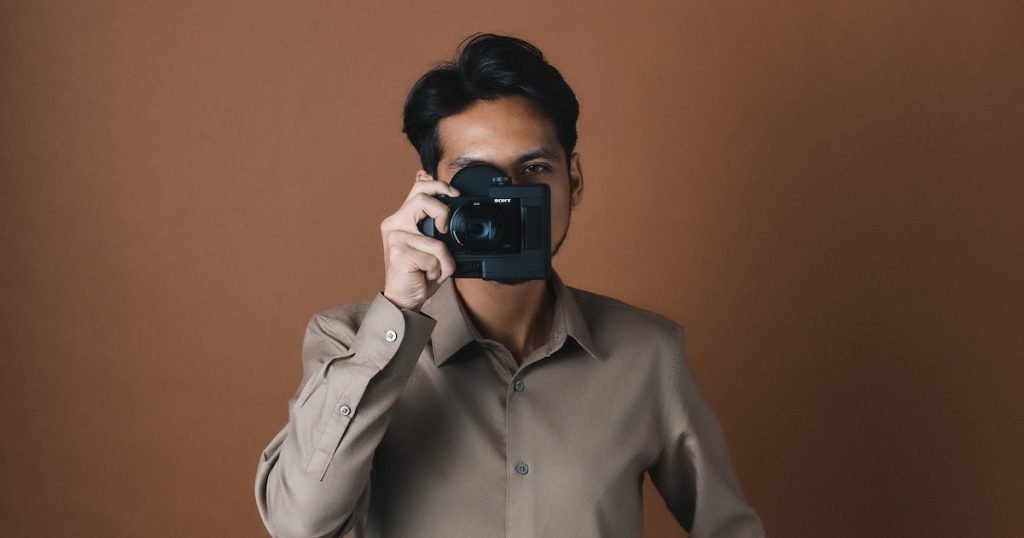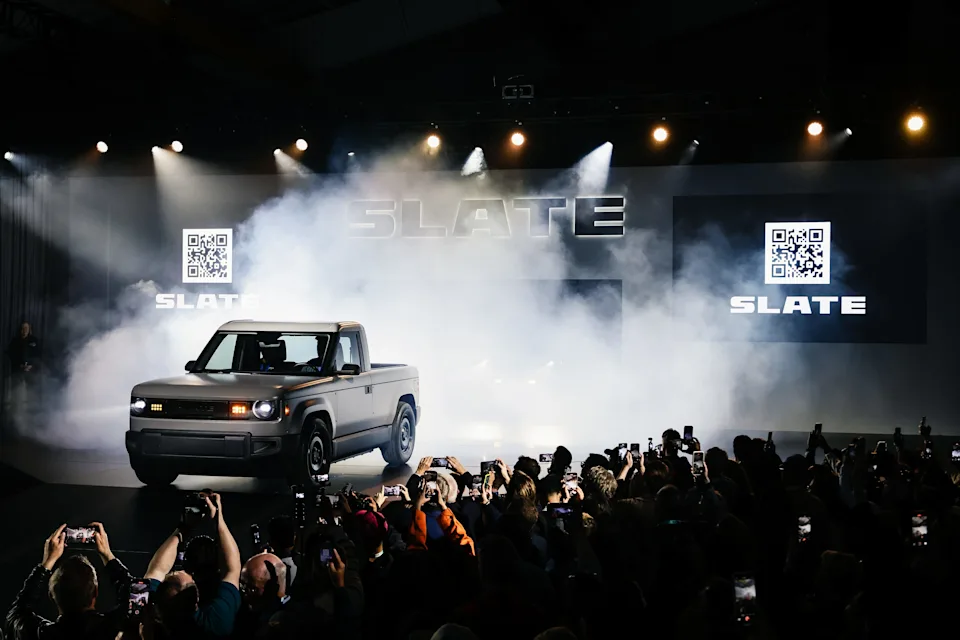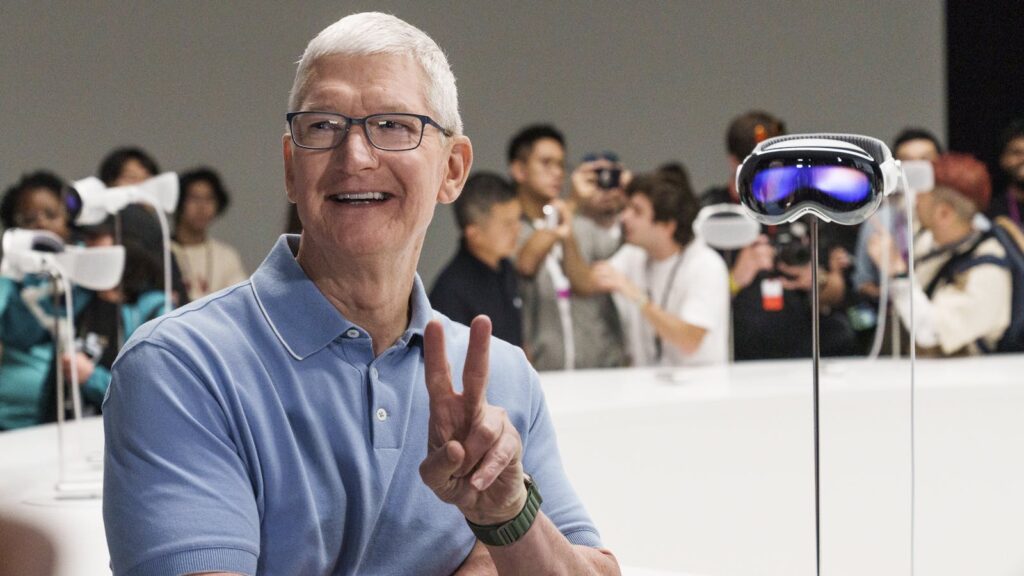The big, flashy lasers get all the sci-fi props, but it’s the little guys who do the heavy lifting, like measuring distances, keeping our cats amused, and, in the case of a new Sony camera, allowing people with vision impairments to see clearly through an electronic viewfinder and take clear photos.
Together with another Japanese firm, QD Laser, Sony has developed the HX99 RNV Retina Projection Camera kit, a pocketable camera with an optional retinal laser housing for projecting a sharp, in-focus live view image directly into the user’s eye. Bypassing the eye’s focusing mechanism, the low-power laser projection can help people with near- or farsightedness or astigmatism see clearly.


It combines the existing QD Laser Retissa Neoviewer projector with the existing Sony DSC-HX99 compact camera, a middling model from 2018 with an 18-megapixel sensor and an equivalent zoom lens of 24-720mm (30x magnification). Using an RGB semiconductor laser, the Retissa Neoviewer is capable of displaying an image with a resolution equivalent to 720p and an 8-bit color depth, as detailed in a product specification provided by QD Laser. The projected image spans a horizontal angle of about 60 degrees and refreshes at a rate of about 60 hertz; the housing’s battery should last for about four hours. Unfortunately, Micro USB, not USB-C, is used for charging.
The DSC-HX99 camera alone normally costs $474.99, but Sony is offering the kit with the camera and laser projector for $599.99, claiming to be covering most of the cost in an effort to support the low-vision community. Because it may not be appropriate for all forms of visual impairment, Sony is also recommending that potential buyers schedule a demo before making a purchase decision. Beginning this summer, a limited number of camera and projector kits will be sold in the United States.
Conclusion
Although this accessory was created with the older DSC-HX99 model in mind, it can be used with any camera that has a similar hot shoe. Nori Miyauchi, a representative for QD Laser, stated in an interview with CineD posted to YouTube that the device is HDMI compatible and could be used with other cameras. However, the Retissa Neoviewer’s housing appears to be tightly integrated into the DSC-dimensions HX99’s and design, which could make adapting it to a different camera, such as Sony’s popular Alpha line of interchangeable mirrorless cameras, difficult.
However, it is hoped that this experiment will lead to a more universal model that can be easily adapted by low-vision users to any full-size camera.




